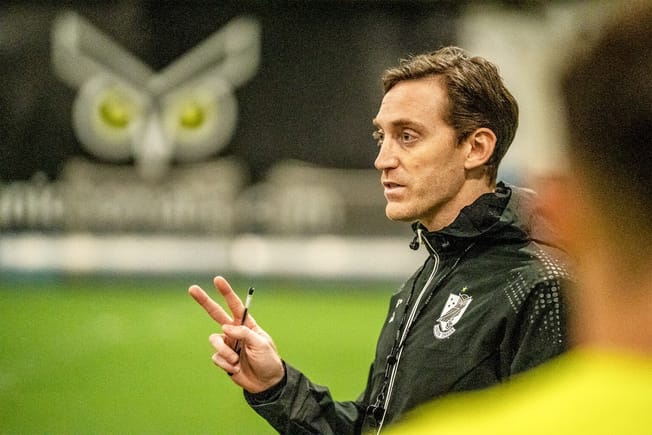As they hover outside of a playoff spot in the Western Conference, it’s time to wonder if Phoenix Rising can right the ship in 2022. Since their rebrand five years ago, the club has finished no worse than third in the conference and has always been a title contender, but this year’s team hasn’t lived up to expectations.
What’s gone wrong for Rick Schantz’s side?
THE ISSUES
Phoenix’s changing roster over the last calendar year is the first place to look for signs of trouble. In the middle of 2021, do-it-all forward Rufat Dadasov was sold to Schalke, but Phoenix didn’t suffer much with a rotating cast of strikers doing just enough to tread water. Bolstered by prodigious wing production from Santi Moar (16 goals) and Solomon Asante (10 goals), Rising never truly lacked firepower in the attack.
However, Asante was allowed to walk this offseason, taking a two-time league MVP off the table. Jon Bakero, an engine at the No. 10 spot, also left. Meanwhile, Moar is yet to score in 2022 despite leading the USL in shot attempts per 90, and no player has underperformed their xG more than the left winger this season. Asante was replaced by Marcus Epps on the opposite flank, and he only has two goals after spearheading San Antonio’s offense last year.
Being genuinely unlucky in the attack is one thing, but the real root of Phoenix’s woes is a shockingly poor defense. Part of the problem comes down to injuries. First-choice central defenders James Musa and Joey Farrell have both missed significant stretches, forcing all-league holding midfielder Kevon Lambert into the back four. Those adjustments and positional bandages then destabilized the midfield.
Without Lambert’s metronomic passing at the heart of the pitch, Rising struggle to maintain possession – they’re down from a 51% share last season to 46% in 2022. Pair that with the odd choice to bench seasoned Venezuelan international Luis Seijas – the team’s joint leader in goals in addition to his steadying passing – and the effect has only worsened.
Some of the sloppy passing and poor chemistry are amplified because Phoenix push their fullbacks up on the overlap as a matter of principle. New signee Baboucarr Njie and returner Ryan Flood often fail to track back on the left, deepening the defensive woes. That exact dynamic played out on the second and third goals scored by Loudoun United this weekend in a stunning 4-3 loss against one of the USL’s worst sides.
All of these factors – the roster changes, unfortunate attacking moments, and defensive issues – have left their mark.
Phoenix have allowed 2.07 goals per 90 this year, nearly doubling 2021’s rate of 1.09 a game. Still, it’s wise to expect regression to the mean (and a more reasonable goals allowed rate) soon. Remove a seven-goal, COVID-marred nightmare match in which Phoenix started a horde of teenagers, and the defensive numbers get a little closer to par. Plus, Moar and Epps simply can’t keep scoring at such an incredibly low rate. The side as a whole has converted just 10% of their shots, well below league average near 15%.
This season’s Rising might not be a juggernaut, but they’re better than the worst moments and sloppiest errors suggest.







Comments